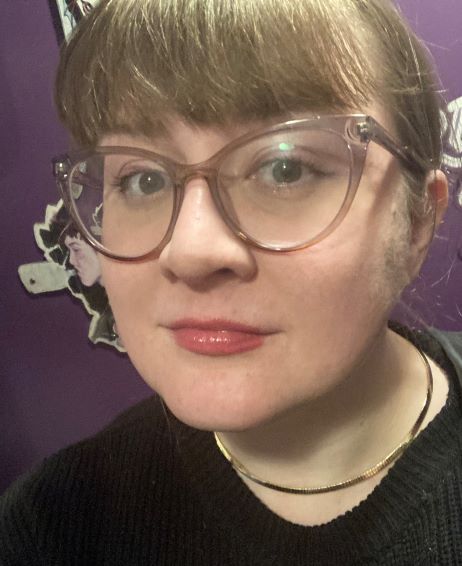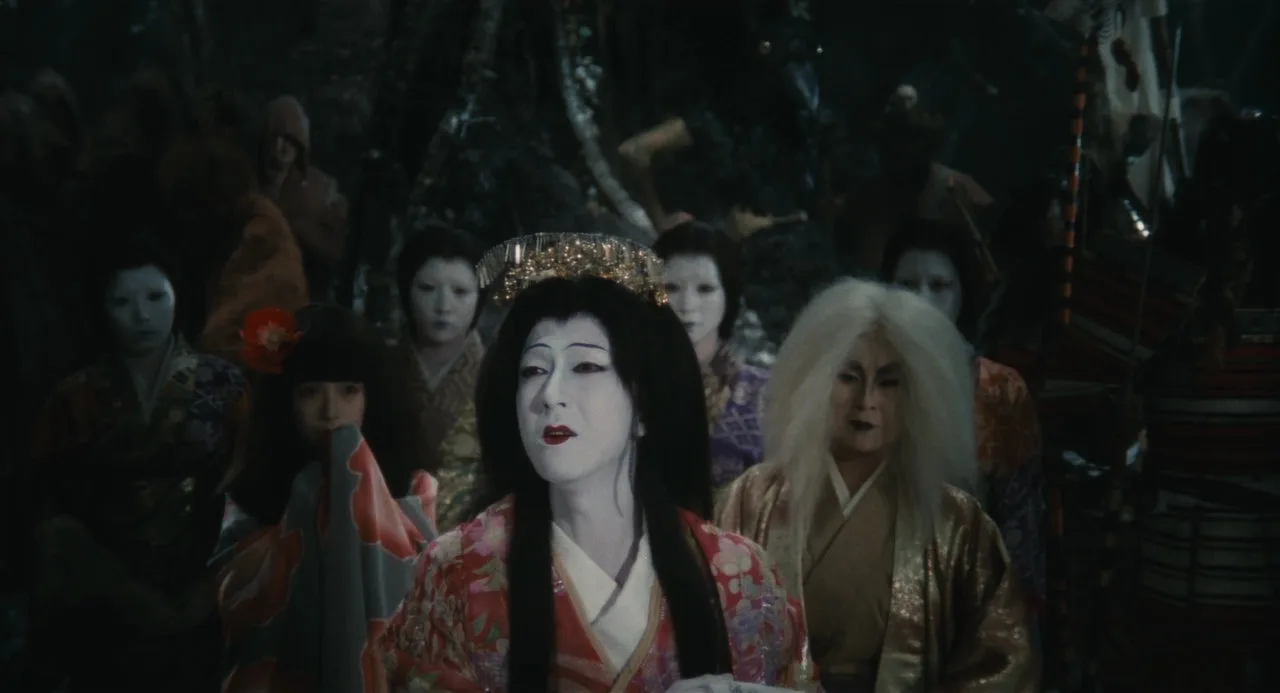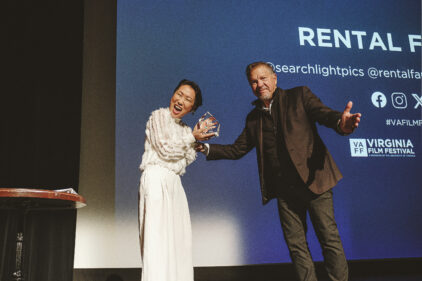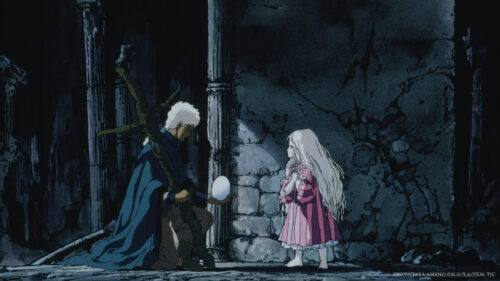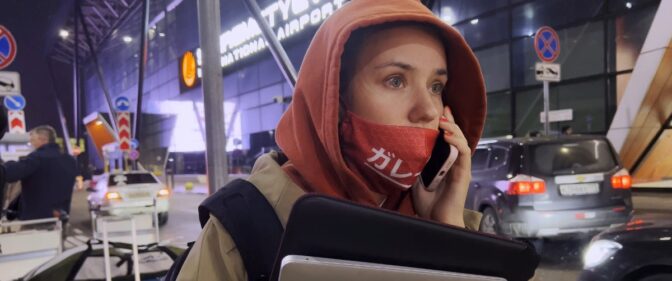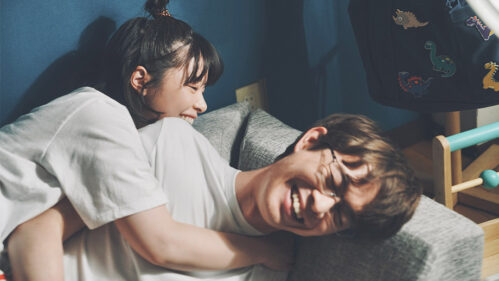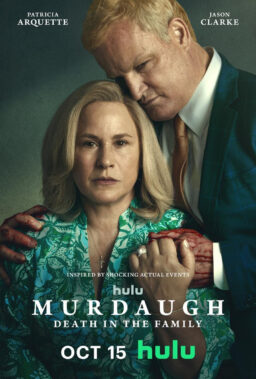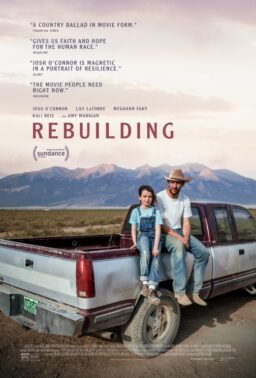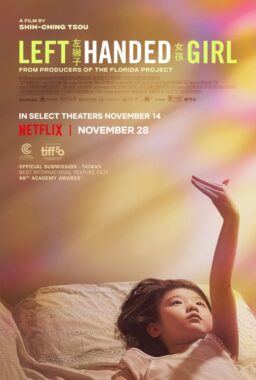“His name is Nuppeppo. Japanese monster,” the man sitting next to us said, grimacing and holding up his fingers like claws. He was wearing a headband that made it look like an axe was buried in his skull. It was Halloween in Shinjuku, and I was holed up with a friend in a tiny bar up a steep flight of stairs underneath a stained-glass window modeled after one in Dario Argento’s “Suspiria.” Outside in the Times Square of Tokyo, it was raining, and we were amusing ourselves by opening up the little plastic balls we’d bought at a gachapon arcade.
“Gacha” are ubiquitous in Japan, and we’d gone to one of the larger hubs, lined with brightly lit rows of coin-operated machines dispensing every type of plastic trinket you can imagine. (One offered a selection of tiny Dyson vacuums.) The one that drew me was filled with small vinyl Nuppeppos designed by an artist who called herself “Mysterious Lisa,” in colors like “Melon Green” and “Jellyfish Blue.” A flyer inside the shell offered vinyl molding workshops for aspiring toy designers, led by the artist herself.
I’d seen Nuppeppo before, in an encyclopedia of Japanese folk monsters illustrated by the legendary manga artist Shigeru Mizuki. A faceless, foul-smelling lump of rotting flesh with arms, it could be spotted lumbering out of graveyards in Old Kyoto at night, startling anyone who dared to take shelter under the incense-scented wooden roof of a Buddhist temple. “Mysterious Lisa” had molded its folds to form an eyebrow ridge, a nose, and even what appeared to be a smile. It looked quite content, actually.
Nuppeppo is an example of a Japanese yokai, part of a category of supernatural beings that can be quite broad—ghosts, demons, and urban legends can all be considered yokai under the right circumstances—but specifically refers to animistic creatures that inhabit ponds, mountains, forest paths, beaches, rivers, and even city streets—anywhere a traveler might be caught unawares after dark. They can be spritely and whimsical like faeries, or massive and terrifying like cryptids. Unlike kaiju, whose origins are in the postwar atomic era, they predate modern Japanese pop culture. But in recent decades, they’ve become a vital part of that culture.
Mizuki, who died in 2015, was the key architect of that revival. Although he also published work for adults, Mizuki is best known for creating “Gegege no Kitaro,” which has been adapted into multiple long-running anime, video games, and live-action movies. The series revolves around Kitaro, the last living member of the yokai Ghost Tribe who, along with his deceased father—now reanimated as an eyeball with legs—acts as a go-between for the mundane world of humans and the supernatural world of the yokai. His adventures were first published in 1960, and first adapted for television in 1968; his most recent animated movie, “Birth of Kitaro: The Mystery of GeGeGe,” opened in Japanese theaters in 2023.
The immense popularity of Mizuki’s work has led multiple Japanese towns to claim him as a tourist attraction; I opted for the more accessible option of Chōfu, the Tokyo suburb where Mizuki lived and worked for 50 of his 94 years. (His hometown of Sakaiminato has a more elaborate setup, but it’s five hours from Tokyo by train.) On the surface, Chōfu is a typical Japanese town, a collection of karaoke rooms and cram schools and chain stores clustered around a central transit hub. Look closer, however, and you’ll find small panels illustrated with images from Mizuki’s comics at regular intervals along the main road. These lead to a promenade lined with statues of Mizuki creations like “Telebi-kun,” a yokai boy who can climb into and out of televisions at will (an inspiration for “The Ring,” perhaps?).
At one end of Chōfu’s yokai promenade sits a playground, which was occupied by a handful of moms and kids bundled into matching puffer coats when I visited on an overcast weekday afternoon. A friendly-looking Kitaro statue guards the entrance, encouraging small visitors not to be afraid. And indeed, Kitaro’s morbid graveyard origins were totally lost on the toddlers bouncing on a sculpture of Ittan-momen—a haunted roll of cotton Kitaro and friends use like a flying carpet—and squealing while climbing into a yokai cottage whose long tongue stuck out to form a slide. Through them, I could see how yokai have been woven into Japanese childhoods since Mizuki revived interest in them back in the ‘60s, inspiring everything from “Pokémon” to “Spirited Away.”
Not all yokai culture is for children, however—at least, not exclusively. On my first day in Tokyo, still a little delirious from the jet lag, I boarded an elevator on the ground floor of a massive, multi-level electronics store and rode up to the single-screen art theater on the top floor. We were there to see 1979’s “Demon Pond,” part of a Tokyo Film Festival retrospective in honor of director Masahiro Shinoda, who died this past March. Shinoda was a revered leader of the Japanese New Wave, although his style is harder to pin down than some of his contemporaries; for Shinoda, the freedom to shapeshift was perhaps the point, a through line from the jazzy youth films that made him famous to the stylized throwback of “Demon Pond.”
The mythical past of “Demon Pond” is a far cry from the gritty, street-level Tokyo underworld Shinoda captured in his most famous film, “Pale Flower.” But it’s more typical of the director’s work, at least of this period. As the ‘60s gave way to the ‘70s, Shinoda embraced artificiality, and had already experimented with hybridizing traditional Japanese art forms with his films “Double Suicide” and “Himiko” — incorporating bunraku puppet theater and butoh dance, respectively—when he began adapting a 1913 Kabuki play into what would become “Demon Pond.” Isao Tomita’s futuristic synthesizer score aside, “Demon Pond” stays close to its Kabuki roots, as the highly theatrical setting (Shinoda even leaves the polished stage floor visible in some sequences) and stylized performances transport us to a heightened realm of crab men and lovesick dragon princesses.
“Demon Pond” unfolds in the style of a folk tale, following a modern man—botany professor Gakuen (Tsutomu Yamazaki)—as he travels into a realm where science and logic no longer apply. The film takes place in an enchanted pocket of rural Japan, unfolding in a lonely house above a fairytale village so ravaged by drought that the villagers are considering breaking their compact with the White Dragon Princess who reigns over the titular pond. If they fail to ring a sacred bell three times a day, as their ancestors have for centuries, then the Princess will abandon them, and the village will be washed away in a flood. But after two years with no rain, the villagers are getting desperate. What unfolds is not only a tragic romance but an enchanted parable about humanity’s shortsightedness and the madness of crowds.
Kabuki legend Tamasaburo Bando, who specializes in female roles, plays both the White Dragon Princess and Yuri, the village beauty and the key to harmony between the human and supernatural realms. It’s not what we in the West would call a “drag performance;” Bando’s style is affected, but not in a campy way. It’s something more elusive, odder, unnatural, but also intuitively correct. And his otherworldliness is most spellbinding when he’s surrounded by the Princess’s yokai companions, which include a messenger carp, a goat-headed attendant, mud monsters, and the Princess’s coterie of a cat-witch nurse, gray-faced handmaidens, and a girl who is also a camelia flower.
Its Kabuki origins and style give “Demon Pond” a cultural weight that’s not seen in some of the more kid-focused yokai films, including Daiei Films’ Krofft-inflected “Yokai Monsters” trilogy from the late ‘60s and 2005’s “The Great Yokai War,” a remake of Daiei’s 1968 film helmed by Takashi Miike in one of his more family-friendly modes. But one thing that unites all yokai movies is their artistry. The best part of any yokai movie is the obligatory scene where large numbers of supernatural creatures gather, either in celebration or in battle, allowing the audience to appreciate not only the imagination behind the monsters’ conception but also the craftsmanship behind bringing them to the screen.
One of the most impressive of these scenes unfolds at the end of “Yokai Monsters: 100 Monsters,” when the yokai come together to punish a group of greedy landlords plotting to evict their poor, but noble-hearted tenants. The spirits then take to the streets for the “Night Parade of 100 Demons,” a mythical event with thousand-year-old roots that now takes place twice daily on weekends and holidays at the Toei Eigamura theme park in Kyoto. There, for the second year in a row, a team of artists and performers from the Ashita no Horror (Tomorrow’s Horror) and Hyaku-yo-bako (100 Monsters) collectives have come together to bring a Yokai Festival in the park.
Although a movie studio also owns it, Toei Eigamura is much smaller than parks like Universal Studios; it’s built around a backlot in the style of a 19th-century Japanese village, and is small enough that you could easily see the whole thing in an afternoon. This was fine by me, as I only had a few hours before I had to head back to Tokyo for my flight home the next day. The crowd early on a Saturday was mainly Japanese families with young children and foreign tourists of all ages, all drawn by Toei Eigamura’s three main attractions: Samurai movies, “Neon Genesis Evangelion,” and, from September to November, yokai.
Yokai thesis exhibition (Credit, Katie Rife)
The Yokai Festival was a classic theme-park experience, with themed snacks — including a green matcha churro made to resemble Mikoshi-nyudo, a monk whose neck can grow to abnormally long proportions — costumed characters posing for pictures with visitors, and, of course, merch. The day I was there, there was a single “night parade” at 2:30 PM (again, this park is aimed mostly at young children), followed by a stage show where costumed yokai taught kids how to do a “Yokai Dance,” “Monster Mash”-style. It was kitschy but very charming, and the crowd’s enthusiasm was infectious. I took a picture with Yagyo-Douji, a three-eyed child who, like Kitaro, serves as an ambassador between humans and yokai at the festival.
Here, that also means bridging the gap between artist and audience. For an adult visitor, the most compelling thing about the Yokai Festival was the visibility of its creators’ fingerprints—literally, on the hand-sculpted masks worn by the yokai characters roaming the park, and figuratively, in the “Yokai Exhibition” that was installed upstairs from the walkable village. Here, visitors could see the thesis projects of two local art students, one of whom sculpted elaborate yokai out of cardboard and the other of whom created fanciful “fossils” of “extinct yokai” embedded into “burial sites” made of lacquer and foam.
These were displayed alongside masks created by Hyako-yo-bako founder Junya Kono, who revived Kyoto’s fabled “Night Parade of 100 Demons” along its mythical route on the city’s northern edge as a graduate student in the mid-’00s. Now in his early forties, he’s a lecturer at a private arts university and the epicenter of yokai artistry in the region. Down in the gift shop, prints of his work were sold alongside books by Matthew Meyer, an American illustrator who, in the tradition of “Kwaidan” author Lafcadio Hearn, moved to Japan and now tends to an online database of Japanese legends and folklore full-time.
Meyer, Kono, Mysterious Lisa, and their fellow yokai enthusiasts are part of a resurgent yokai culture that began in Japan and is now spreading worldwide. Yokai culture seeks to bring enchantment back to everyday life and make friends with the things that scare us. It respects craft, and the artists who paint, sculpt, and draw these creatures are as crucial to the culture as the yokai themselves. Much like the ancient people who turned their fears into monsters, modern yokai culture uses these folk beliefs as a conduit for creative expression, bringing 21st-century anxieties to electrifying, anthropomorphic life.
This was never clearer than in a quiet corner of the ‘Yokai Museum” at Toei Eigamura, where a series of colorful woodblock prints hung on a plain black wall. Produced by Ashita no Horror director Ogaki Gaku, these “Modern Mononoke” personified internet-age anxieties: A genderless creature with a cracked, featureless mask and pink hair covered in eyes represented the pathological need for affirmation from strangers online, while the God of Disinformation took the form of a three-faced monk with a chaotic jumble of metal sprouting from its head.
These are real fears, ones that are just as relevant today as the empty pit in your stomach when walking alone down a dark mountain road. So, what do the things that keep you awake at night look like? Could you draw them, describe them, give them a name? If you did, they might become less fearsome in the process—maybe even cute little mascots you could put in your pocket and take home.
